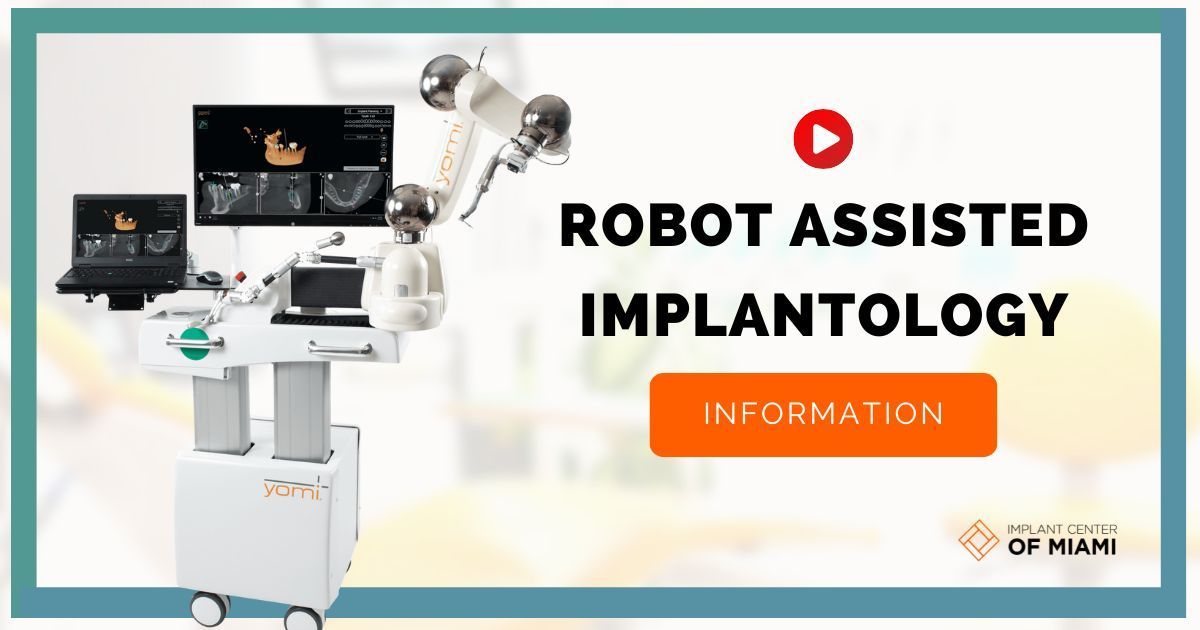Bone Graft Rejection and Infection: Causes, Symptoms, and Management
Bone grafting is a surgical procedure used to repair or rebuild bones through the transplantation of bone tissue. It serves as a vital solution for patients with bone loss due to trauma, disease, or specific dental procedures. While it's a common and generally successful procedure, complications such as graft rejection or infection can sometimes occur. These complications, although rare, can impact the overall success and longevity of the graft. This article delves into the causes, symptoms, and management of bone graft rejection and infection, aiming to provide a comprehensive understanding of potential challenges and their solutions.
What is Bone Graft Rejection?
Bone graft rejection occurs when the recipient's immune system identifies the transplanted bone tissue as foreign and attacks it. This is more common with allografts (bone grafts from a donor) than autografts (bone grafts from the patient's own body).
Causes of Bone Graft Rejection
- Mismatched Tissue: If the donor bone isn't a good match for the recipient.
- Immune Response: The body's natural defense mechanism against foreign substances.
- Previous Transplants: Patients who've had prior transplants might have a heightened immune response.
Symptoms of Bone Graft Rejection
- Pain or discomfort at the graft site
- Swelling or inflammation
- Redness or warmth around the area
- Decreased function or mobility
What is Bone Graft Infection?
Infection can occur if bacteria contaminate the graft site, either during the surgery or post-operatively.
Causes of Bone Graft Infection
- Surgical Contamination:If sterile procedures aren't followed meticulously.
- Compromised Immune System: Patients with weakened immune systems are more susceptible.
- Poor Post-Operative Care: Not following aftercare instructions can increase infection risk.
Symptoms of Bone Graft Infection
- Persistent pain or throbbing
- Fever or chills
- Pus or discharge from the graft site
- Foul odor from the wound
Management and Treatment
For Rejection:
- Medication: Immunosuppressive drugs can help reduce the body's immune response.
- Monitoring: Regular check-ups to assess graft health and function.
- Revision Surgery: In severe cases, the graft may need to be removed or replaced.
For Infection:
- Antibiotics: To treat and prevent the spread of infection.
- Wound Care: Keeping the graft site clean and dry.
- Surgical Intervention: In severe cases, the graft may need to be removed, or drainage procedures might be required.
Conclusion
While bone grafting is a valuable procedure in various medical and dental applications, potential complications like rejection and infection need to be recognized and managed promptly. Regular follow-ups and adherence to post-operative care are crucial for the success of a bone graft.
Dental Financing Options
Checking your options will not impact your credit score!
Apply Online in 30 Seconds
Fund Your Account
Start Your Treatment
Read Our Blog





